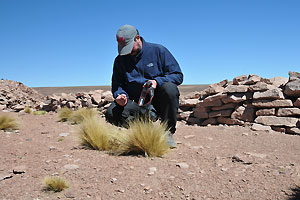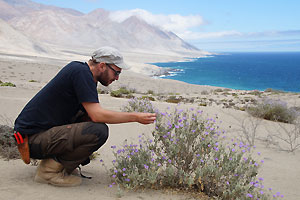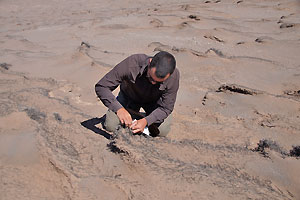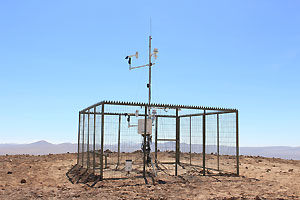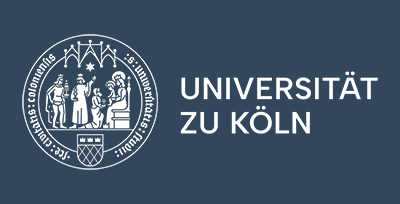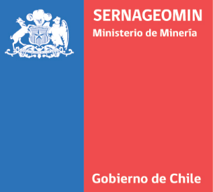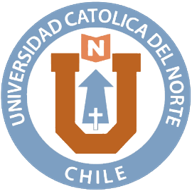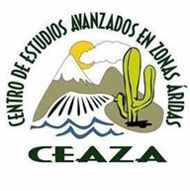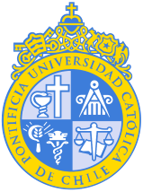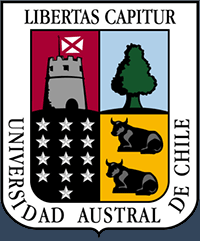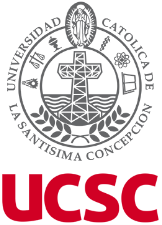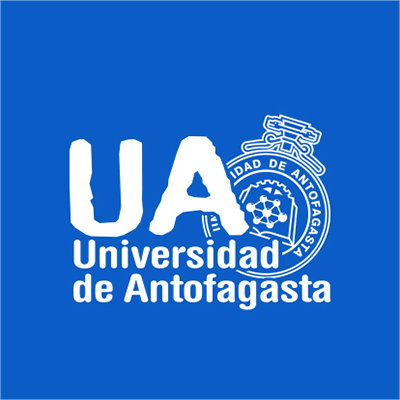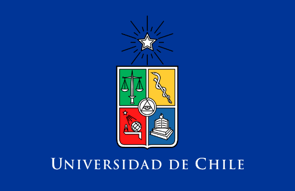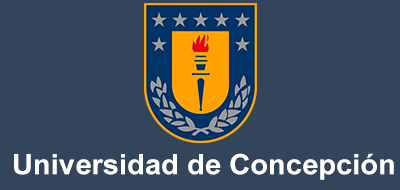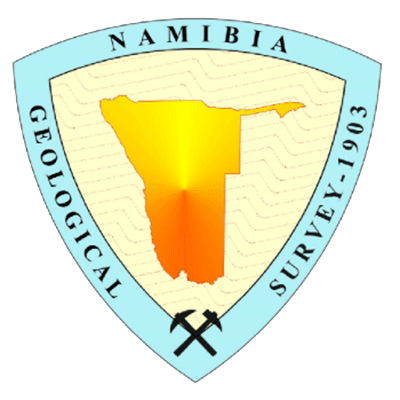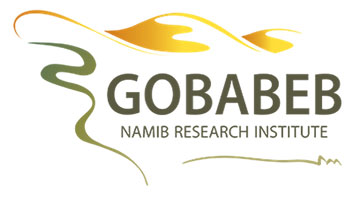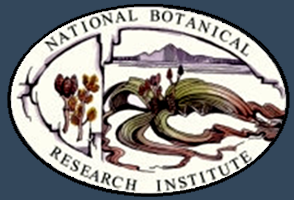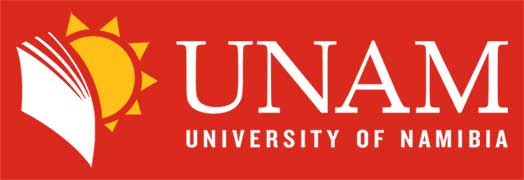Mostly all groups within the CRC 1211 used their stay after the kick-off workshop for their field work. More than 12 groups with in total more than 60 scientists sampled, measured and discussed in the field their research, met other groups in the field for in-situ discussion and sampling for cluster comprehensive collaboration and interactions within the CRC and with local scientist and experts.
Groups checked for example, recent consequence and modifications of the last rain event in 2016 on soils and soil crust, as furthermore their impact of endohereic basin and their sedimentation. A group of Z02/Z03 around Prof. Olaf Bubenzer, Dr. Dirk Hoffmeister and Dr. Simon Matthias May installed and started first measurements of our new weather stations within our focus areas. Moreover, first successful attempts of a self-invented irrigation experiment were conducted with a surprisingly outcome. A group around Prof. Tibor Dunai sampled ancient surfaces and started in-situ analysis and sampling of IDP’s (Interplanetary Dust Particles- Micro Meteorites) on old surfaces. A team around Dr. Steven Binnie and Prof. Klaus Reicherter sampled and measured with seismic devices the interaction between tectonic activity and surface drainage. Groups of cluster B, sampled and mapped sparse and isolated Loma vegetation throughout the Atacama Desert, along with other plant populations. Analysed soil properties and changes along all three focus areas.
After three to six weeks of intense field work, all scientist came back safe and started their experiments and analyses of their recent gathered samples to explore the hidden secrets of the hyperarid Atacama Desert.



